Starting from Manus and MCP: AI Agent's Web3 cross-border exploration

Reprinted from panewslab
03/27/2025·1MOn March 6, Manus, a world's first universal AI Agent product released by Monica, a Chinese startup, flooded the screen in domestic technology media and social networks. The invitation code on the first day of launch was hard to find on the entire network, and even the invitation code on Xianyu cost 50,000 yuan. However, many industry KOLs still got the invitation code in advance, and overwhelming experience interpretation articles followed one after another.
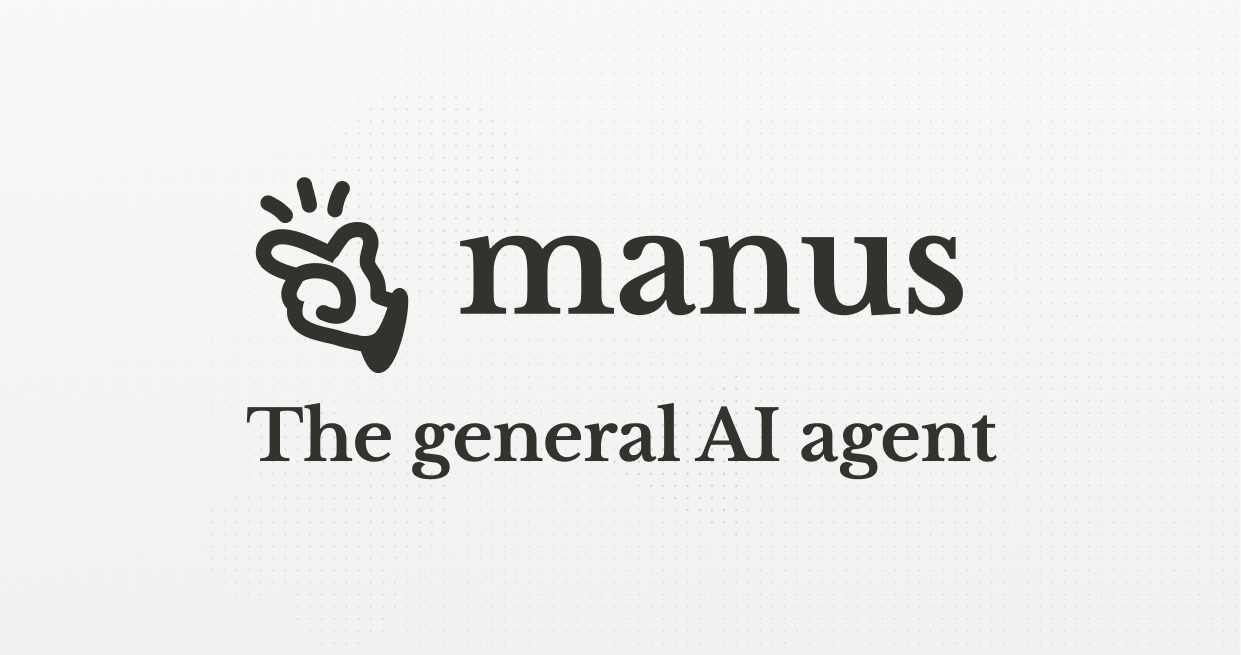
As a general AI Agent product, Manus has the ability to independently complete tasks from planning to executing the entire process, such as writing reports, making forms, etc. It not only generates ideas, but also thinks independently and takes action. With its strong ability to think, plan and execute complex tasks independently, it directly delivers complete results, demonstrating unprecedented versatility and execution capabilities.
Manus's popularity not only brought attention to the industry, but also provided valuable product ideas and design inspiration for the development of various AI Agents. With the rapid development of AI technology, AI Agent, as an important branch of the field of artificial intelligence, is gradually moving from concept to reality and showing huge application potential in all walks of life, including the Web3 industry.
Background knowledge
AI Agent, or artificial intelligence agent, is a computer program that can independently make decisions and perform tasks based on environments, inputs, and predefined goals. The core components of the AI Agent include the Big Language Model (LLM) as its "brain" that enables it to process information, learn from interactions, make decisions and execute actions; observation and perception mechanisms that enable it to perceive the environment; reasoning the thinking process, involving analyzing observations and memorizing content and considering possible actions; action execution, as an explicit response to thinking and observation; and memory and retrieval, storing past experiences for learning.
The design model of AI Agent starts from ReAct and has two development routes: one focuses more on AI Agent planning capabilities, including REWOO, Plan & Execute, and LLM Compiler. Another one focuses more on reflective abilities, including Basic Reflection, Reflexion, Self Discover, and LATS.
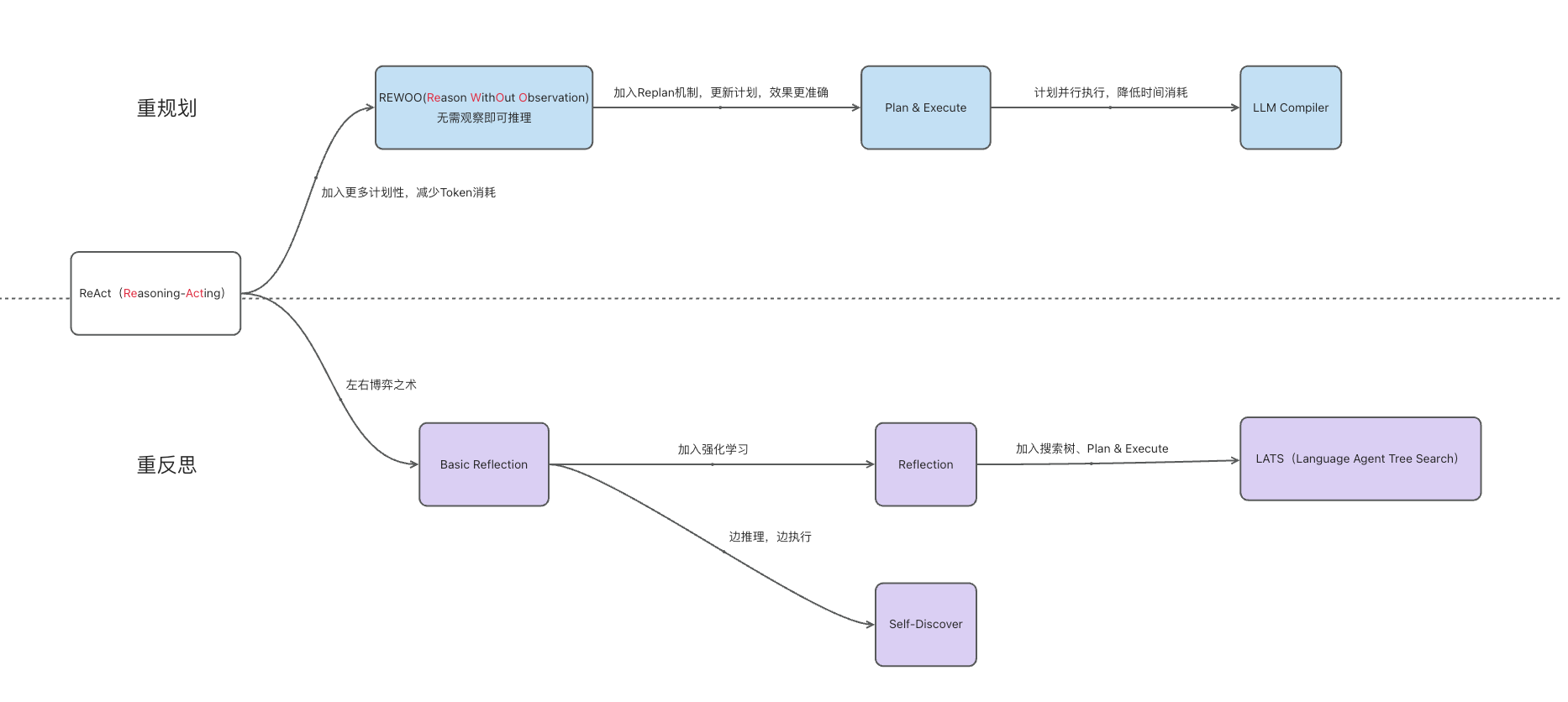
Among them, the ReAct pattern is the earliest AI Agent design pattern, and it is currently the most widely used, so here we mainly introduce the concept of ReAct. ReAct refers to solving diverse linguistic reasoning and decision-making tasks by combining reasoning and action in language models. Its typical flow is shown in the figure below, which can be described as an interesting loop: Thought → Action → Observation , referred to as TAO loop for short.
- Thinking: When facing a problem, we need to think deeply. This thinking process is about how to define a problem, identify the key information and reasoning steps required to solve it.
- Action: After determining the direction of thinking, the next time is the moment of action. Based on our thinking, take corresponding measures or perform specific tasks in the hope of pushing the problem toward solving.
- Observation: After action, we must observe the results carefully. This step is to test whether our actions are effective and whether they are close to the answer to the question.
- Loop iteration
AI Agents can also be divided into Single Agent and Multi Agent according to the number of agents. The core of Single Agent lies in the coordination of LLM and tools, and during the process of completing tasks, Agent may have multiple rounds of interaction with users. Multi Agent will give different role positioning to different Agents, and complex tasks can be completed through collaborative cooperation between Agents. However, in the process of completing tasks, compared with Single Agent, there will be less interaction with users. Most frameworks are currently focusing on the Single Agent scenario.
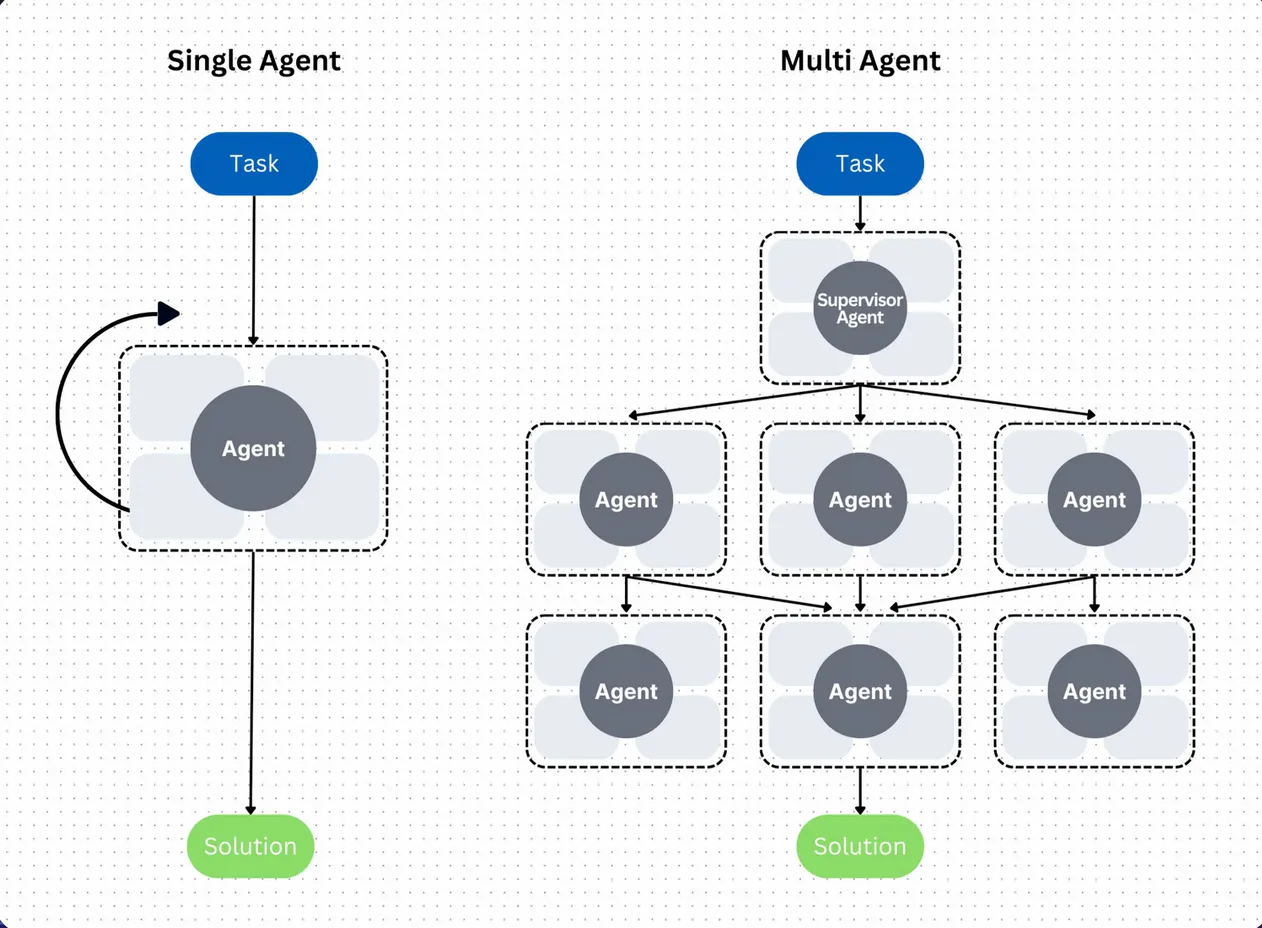
Model Context Protocol (MCP) is an open source protocol launched by Anthropic on November 25, 2024 to address connectivity and interaction issues between LLM and external data sources. LLM can be compared to the operating system and MCP can be compared to the USB interface, which supports the flexible insertion of external data and tools, and then users can read and use these external data and tools.
MCP provides three capabilities to extend LLM: Resources (knowledge extension), Tools (execute functions and call external systems), and Prompts (pre-written prompt word templates). The MCP protocol adopts the Client-Server architecture, and the underlying transmission uses the JSON-RPC protocol. Anyone develops and hosts MCP Server and can be offline and stops the service at any time.
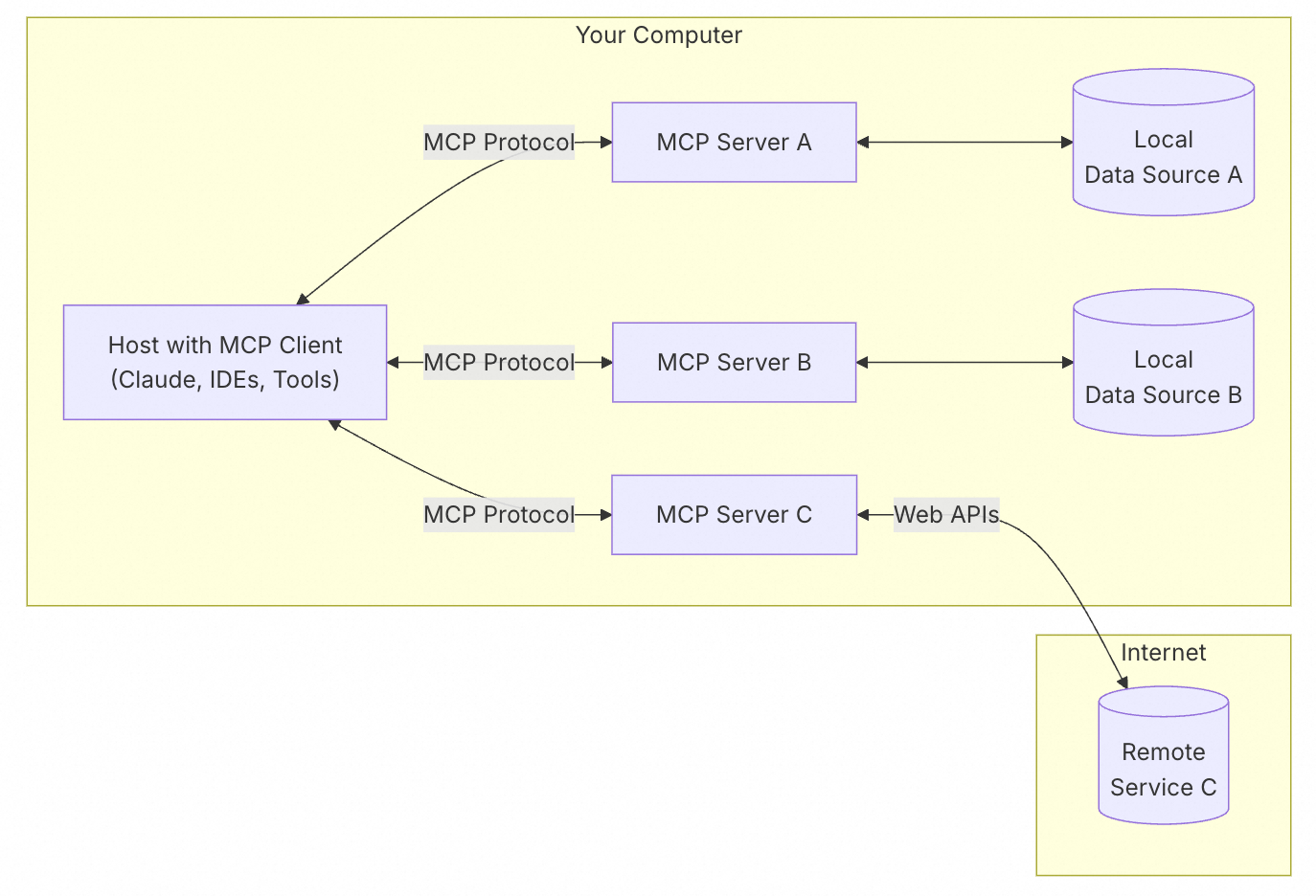
Current status of AI Agent in Web3
In the Web3 industry, the voice of AI Agent has dropped sharply since it reached its peak in January this year, and its overall market value has shrunk by more than 90%. Currently, the voice and market value are still exploring Web3 around the AI Agent framework, namely "the launch platform model represented by Virtuals Protocol", "the DAO model represented by ElizaOS" and "the business company model represented by Swarms".
The launch platform is a platform that allows users to create, deploy and monetize AI Agents, similar to pump.fun in Meme, but targets AI Agents. Virtuals Protocol is currently the largest launch platform, with more than 100,000 agents issued on it. AIXBT, the highly popular "currency circle KOL" was created based on Virtuals. Virtuals Protocol includes a modular Agent framework called GAME. The core positioning of GAME is to provide developers with an efficient and open framework, making the development and launch of AI Agents as simple as WordPress website building.
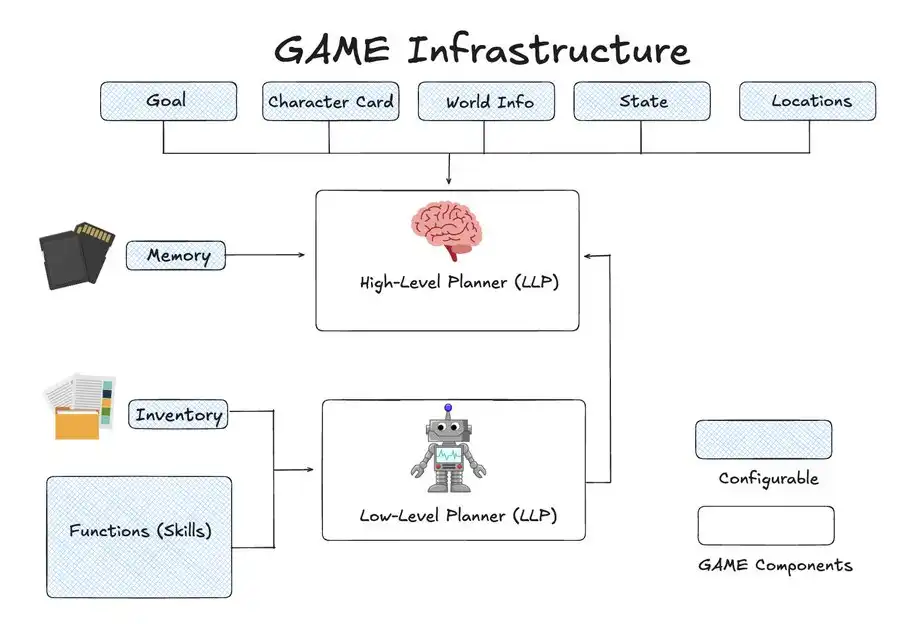
DAO stands for decentralized autonomous organizations. ElizaOS (formerly ai16z) was founded by @shawmakesmagic on the daos.fun platform. The original concept was to use AI models to simulate the investment decisions of well-known venture capital institutions a16z and its joint venture Marc Andreessen, and invest in combination with the suggestions of DAO members. Later, it developed into the DAO for AI Agent developers with the Eliza framework as the core. Built with TypeScript, the Eliza framework provides a flexible and scalable platform for developing AI Agents that interact across multiple platforms while maintaining consistent personality and knowledge.
Swarms, initiated by @KyeGomezB, currently 20 years old, is an enterprise-level Multi Agent framework. Swarms allows multiple AI Agents to work like teams through intelligent orchestration and efficient collaboration, thereby solving complex business operation needs. At first, Swarms was just a Web2 AI Agent project. According to the founder, Swarms has more than 45 million agents operating in production environments, providing services to the world's largest financial, insurance and medical institutions. It was not until the token $SWARMS was issued in December 2024 that it officially moved from Web2 to Web3.
From the perspective of economic models, only the launch platform can achieve a self-sufficiency economic closed loop. Take Virtuals as an example:
- Agent creation: The creator launches a new AI Agent on the Virtuals platform;
- Binding curve settings: The creator pays $VIRTUAL tokens, which will create a binding curve for the tokens of the new proxy and pair with $VIRTUAL.
- Liquidity pool creation: Once the binding curve limit is reached, the agent "graduates" and creates a liquidity pool paired with the $VIRTUAL token, adhering to the fair start principle without internal personnel: no pre-mining or internal allocation, fixed total supply, liquidity locks for a long time.
In addition to charging AI Agent launch fees, Virtuals also charges transaction fees for each proxy token transaction, and AI Agent also charges inference fees for accessing LLM through Virtuals' API. Currently, ElizaOS and Swarms are planning to build their own launch platforms.
Of course, there are also problems with the launch platform. The gameplay of this asset issuance requires that the issued assets themselves are "attractive" to form a positive flywheel. At present, most of the AI Agents launched are essentially Memes, without intrinsic value support, and once the market's attention is lost, it will quickly return to zero. In the current deserted market environment, the launch platform cannot even attract creators, so the economic model cannot actually operate.
Web3 Exploration of MCP
The emergence of MCP has brought new exploration directions to the current Web3 AI Agent, and the most intuitive ones are two:
- Deploy MCP Server to the blockchain network to solve the MCP Server single point problem while also being censor-resistant;
- MCP Server has the functions of interacting with blockchain, such as DeFi transactions and management, and lowers the technical threshold.
The first direction has extremely high requirements for the storage system, data management capabilities and asynchronous computing capabilities of the underlying blockchain. Blockchains like 0G can be selected. 0G is a modular AI blockchain with a scalable programmable DA layer suitable for AI dapps. Its modular technology will enable frictionless interoperability between chains while ensuring security, eliminating debris and maximizing connectivity, creating a decentralized AI ecosystem.
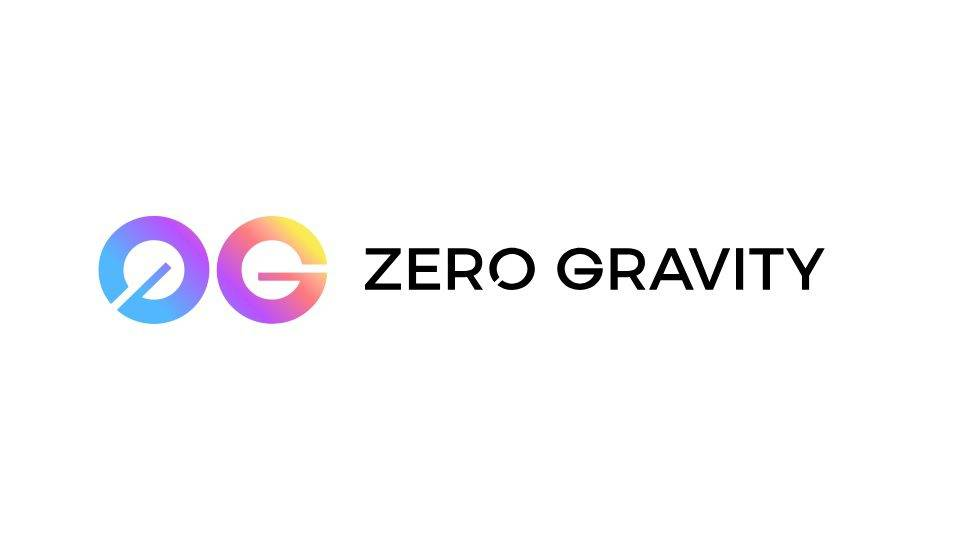
The second direction is similar to the variant of DeFAI, but the current backend of DeFAI is the Tools in a series of Function Calls encapsulated by itself. UnifAI creates a unified DeFAI MCP Server, avoiding duplicate wheels. UnifAI is a platform that allows autonomous AI agents to perform on-chain and off-chain tasks in the Web3 ecosystem. It has UniQ for task automation, the proxy service market and infrastructure for tool discovery.
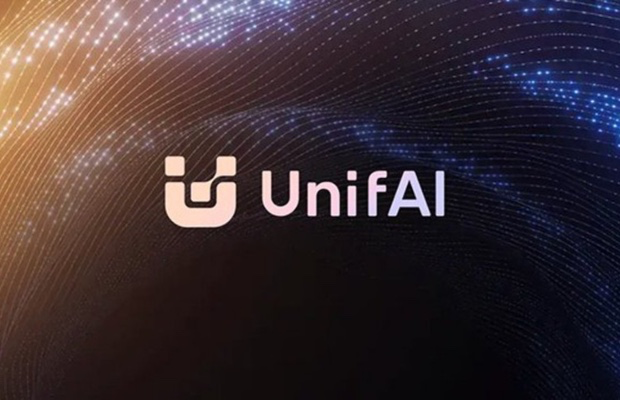
In addition to the above two directions, @brucexu_eth, the founder of LXDAO and ETHPanda, proposed a solution to build an OpenMCP.Network creator incentive network based on Ethereum. MCP Server needs to host and provide stable services, and users pay LLM providers. LLM providers allocate actual incentives to the called MCP Servers through the network to maintain the sustainability and stability of the entire network, and inspire MCP creators to continue to create and provide high-quality content. This network will require the automation, transparency, credibility and censorship-resistant use of smart contracts. Signature, permission verification, and privacy protection during operation can be achieved using Ethereum wallet, ZK and other technologies.
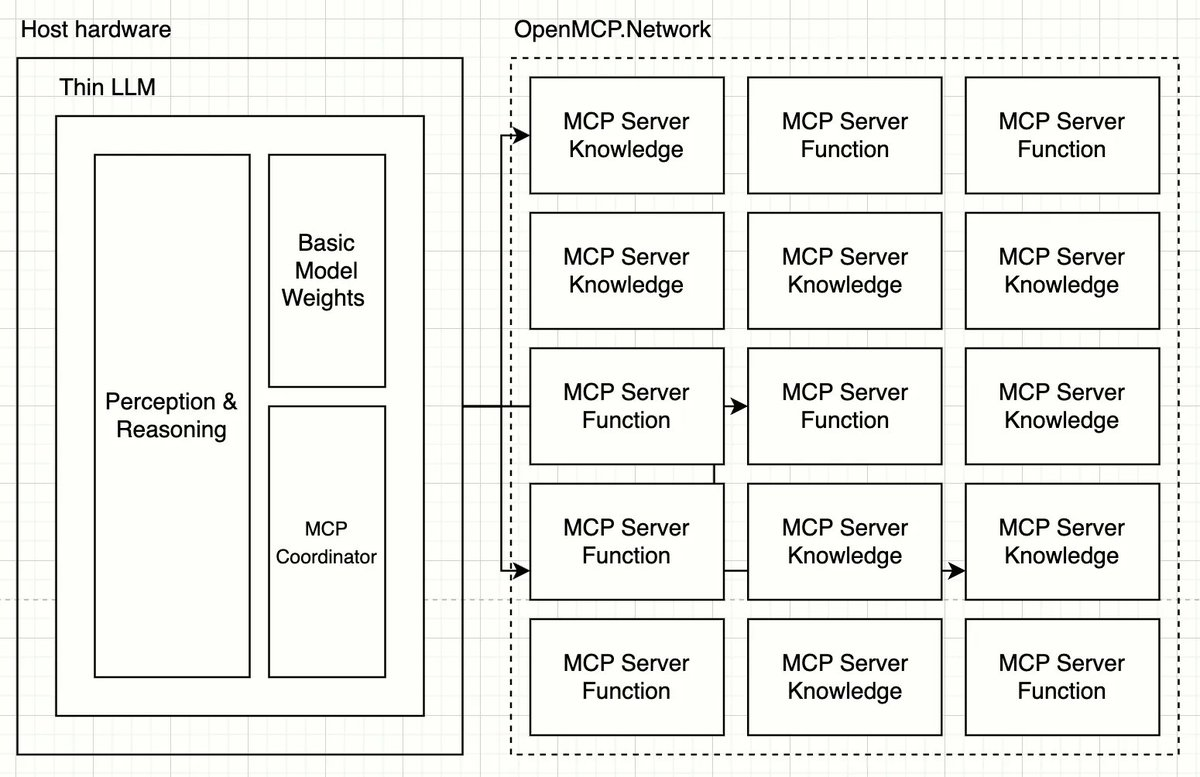
Although theoretically, the combination of MCP and Web3 can inject a decentralized trust mechanism and economic incentive layer into AI Agent applications, the current zero-knowledge proof (ZKP) technology is still difficult to verify the authenticity of Agent behavior, and the decentralized network still has efficiency problems, which is not a short-term successful solution.
Summarize
The release of Manus marks an important milestone in the general AI Agent product. In the world of Web3, a milestone product is also needed to break the outside world's doubts about the lack of practicality of Web3 and only hype.
The emergence of MCP has brought new exploration directions to Web3's AI Agent, including deploying MCP Server to blockchain networks, as well as MCP Server's ability to interact with blockchain, or building an MCP Server creator incentive network.
AI is the grandest narrative in history. For Web3, integration with AI is inevitable. We still need to maintain patience and confidence and continue to explore.
This article is written by ZAN Team (X account @zan_team ) pignard.eth (X account @pignard_web3 ).
Note: This article is shared only as a technical person and does not constitute any recommendations or suggestions.

